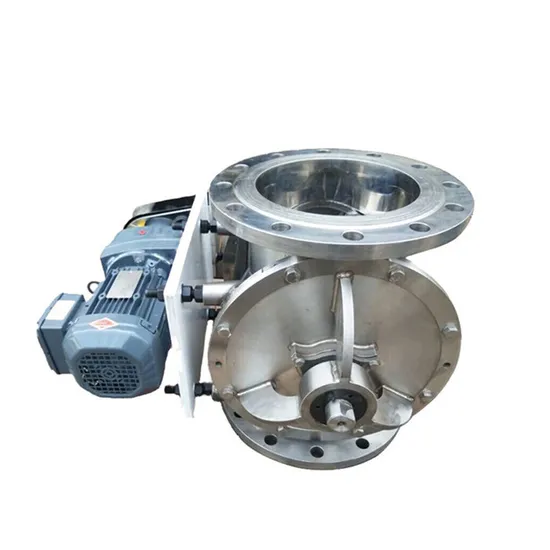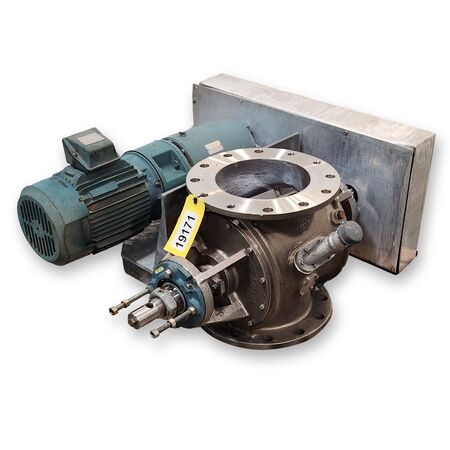
Basic components in many contemporary uses, rotary air valves provide precise control over airflow in pneumatic systems. Guaranteeing framework efficiency, lifetime, and constant quality depends on choosing the correct valve. Selecting some unacceptable one might cause structural flaws, higher maintenance expenses, or even hardware disappointment. While choosing the correct rotary air valve for your needs, keep these important things in mind.
- Requirements for Applications
Analyzing the specific requirements of your application is important before choosing a rotary air valve. Different models call for different airflow volume, strain, and temperature. For example, while more modest frameworks would need more simplified, effective valves, modern applications may demand uncompromising valves that can tolerate high-pressure circumstances.
- Resources and Building
The strength and performance of the valve’s construction material take front stage. Assuming a functioning temperature, the valve should be immune to wear, consumption, or high temperatures. Common materials used in rotary air valves are cast iron, hardened steel, and other combinations suitable for particular uses.

- Valve Capacity and Dimensions
Size and capacity of a rotary air valve are among the most fundamental factors influencing choice. Choosing some inappropriate size could cause your pneumatic framework to be less efficient or maybe damaged. The valve should guarantee best performance by matching the stream needs of the framework.
- Sealing Mechanism
The sealing mechanism of the valve is imperative to forestall releases and guarantee proficient airflow control. Various applications require different sealing types, like metal-to-metal or delicate seals. For frameworks with high-tension or high-temperature conditions, more powerful sealing materials might be important to stay away from spills.
- Maintenance and accessibility
The simplicity of keeping up with the rotary air valve is another significant factor. Frameworks that require normal cleaning, investigation, or part substitution ought to be intended for simple access. A few valves are worked considering insignificant maintenance, offering highlights like self-cleaning or simple dismantling for routine help.
- Cost and Energy Efficiency
While the upfront cost is a consideration, long-haul energy efficiency and sturdiness ought to likewise be factored in. A more costly, great valve might offer better performance, energy investment funds, and diminished maintenance over the long haul, prompting a lower total cost of proprietorship.
Selecting the right rotary air valve requires a cautious equilibrium of performance, toughness, and cost. By considering the particular requirements of your application, the materials and construction of the valve, and factors like size, sealing, and maintenance, you can guarantee that you pick the best valve for your framework. This will prompt optimal performance, energy efficiency, and a long help life, decreasing functional costs and guaranteeing framework dependability.





